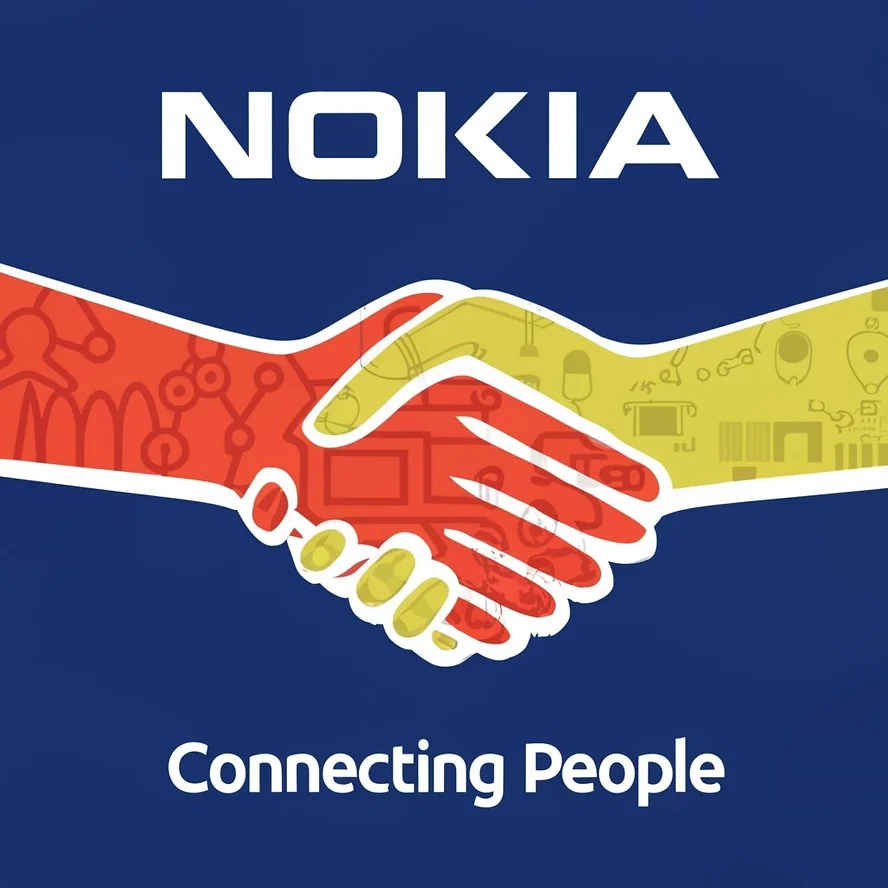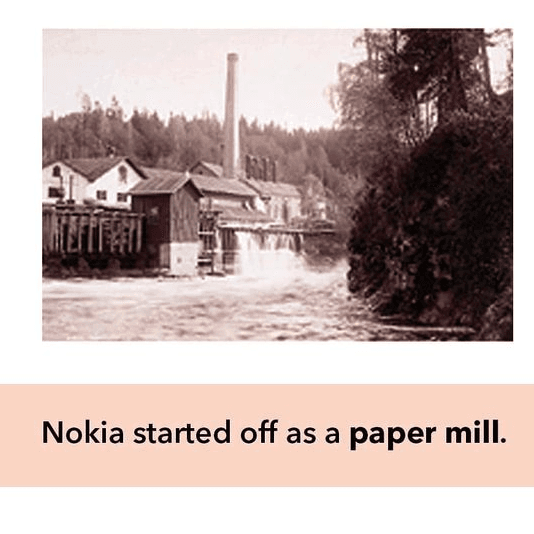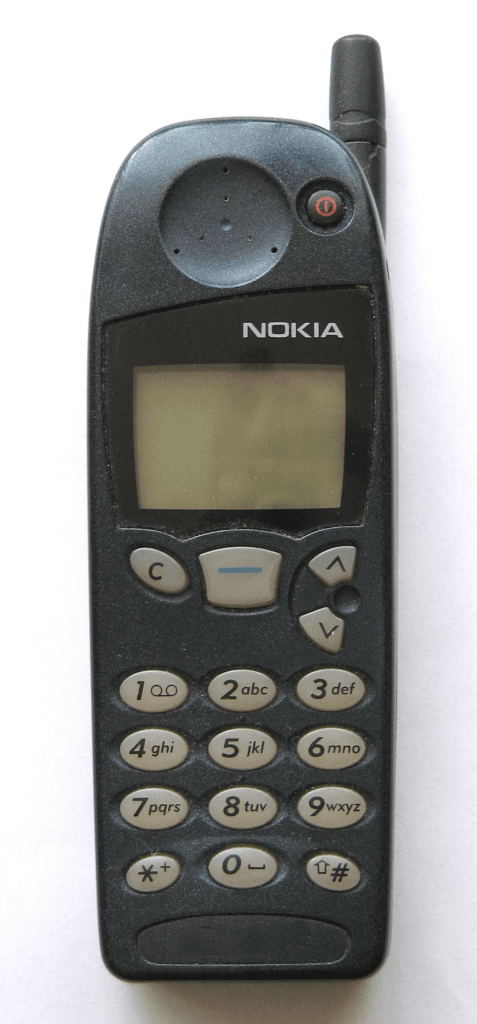Nokia is a name that most people recognize, but few know the full history of this innovative company that has spanned over 150 years. From its humble beginnings in 1865 as a single paper mill operation in Finland, Nokia has gone through multiple reinventions and shifts in focus, becoming a global leader in various industries before almost fading into obscurity. In this article, we’ll explore Nokia’s fascinating history, milestones, and its enduring legacy in the ever-changing world of technology.

Whether you’re a tech enthusiast or just curious about one of the world’s most iconic brands, this timeline will take you through Nokia’s remarkable evolution.
History of Nokia – a Legacy Brand
1. The Humble Beginnings (1865 – 1900)
Nokia’s story begins in 1865 in Finland, where Fredrik Idestam founded a pulp mill near the Nokianvirta River. This location gave the company its iconic name, “Nokia.” Initially focused on paper manufacturing, the company’s innovative spirit was evident from the start.

Key Milestones:
- 1865: Fredrik Idestam establishes the first mill.
- 1871: The company adopts the name Nokia Ab.
2. Diversification into Rubber and Cables (1900 – 1960)
As Nokia expanded, it diversified its operations into producing rubber goods and electrical cables. These products laid the foundation for Nokia’s entry into the electronics and telecommunications sectors.
Key Milestones:
- 1912: Nokia starts producing electricity cables.
- 1932: The company launches its first consumer rubber products, including boots and tires.
3. Entry into Electronics (1960 – 1980)
The 1960s marked Nokia’s entry into electronics, a decision that would shape its future. From producing military communication devices to early televisions, Nokia became a pioneer in various technological fields.
Key Milestones:
- 1963: Nokia develops its first radio telephone.
- 1967: Merger of three companies (Nokia, Finnish Rubber Works, and Finnish Cable Works) forms the Nokia Corporation.
4. The Mobile Revolution (1980 – 2000)
Nokia’s mobile phone era began in the 1980s, revolutionizing global communication. By the 1990s, Nokia had become the largest mobile phone manufacturer in the world.
Nokia’s First Mobile Phone Launch

Nokia’s first mobile phone was the Mobira Senator, which was released in 1982. It was a car phone that weighed 21 pounds.
Nokia’s first mobile phone, the Mobira Cityman, was launched in 1987. It was a high-end phone designed for businesspeople and was considered a marvel at the time.

Key Milestones:
- 1987: Launch of the Mobira Cityman, one of the first handheld mobile phones.
- 1998: Nokia becomes the world’s leading mobile phone brand.
- 1999: Release of the Nokia 3210, a game-changer with its sleek design and Snake game.
5. Dominance in the Mobile Industry (2000 – 2010)
At its peak, Nokia controlled over 40% of the global mobile phone market. Iconic models like the Nokia 3310 became cultural phenomena. Several newer models included camera, Bluetooth, microSD card slot, and even GPS, such as in the case of the Nokia 2710, N95 and few others.
Key Milestones:
- 2003: Nokia 1100 becomes the best-selling mobile phone of all time.
- 2007: Introduction of the Nokia N95, a smartphone ahead of its time.
6. The Rise of Competitors and Nokia’s Decline (2010 – 2015)
Despite its dominance, Nokia struggled to adapt to the smartphone revolution led by Apple’s iPhone and Android devices. Its reliance on the Symbian OS proved costly. Later on, they had to find a way to be unique, launched Windows phone, you might remember, the Lumia Phone.
The Lumia 800 and Lumia 710 smartphones, born from the Nokia-Microsoft partnership, debuted in 2011. Despite decent sales, Nokia faced challenges, leading to job cuts and the closure of its oldest factory in Finland in early 2012.
Key Milestones:
- 2011: Partnership with Microsoft to adopt Windows Phone.
- 2013: Microsoft acquires Nokia’s mobile division.
7. The Comeback Story (2016 – Present)
After exiting the mobile phone market, Nokia reinvented itself by focusing on network infrastructure, licensing, and health tech. Its mobile brand was revived under HMD Global, which produces Android-powered Nokia phones.
Key Milestones:
- 2016: Nokia re-enters the mobile market with HMD Global.
- 2018: Nokia becomes a leader in 5G network technology.
FAQs
1. Who founded Nokia?
Fredrik Idestam founded Nokia in 1865 as a pulp mill company in Finland.
2. Why did Nokia fail in the smartphone market?
Nokia’s reliance on the outdated Symbian OS and late entry into the smartphone market contributed to its decline.
3. Is Nokia still in the mobile phone business?
Yes, Nokia phones are produced by HMD Global, focusing on Android smartphones.
Conclusion
Nokia’s story is a testament to innovation, resilience, and reinvention. From its early days as a paper mill to becoming a global telecommunications giant, Nokia has left an indelible mark on the tech industry.
As Nokia continues to shape the future of 5G and beyond, its legacy reminds us of the power of adaptability and forward-thinking. If you found this timeline insightful, share it with fellow tech enthusiasts and explore more fascinating brand histories on our blog!
